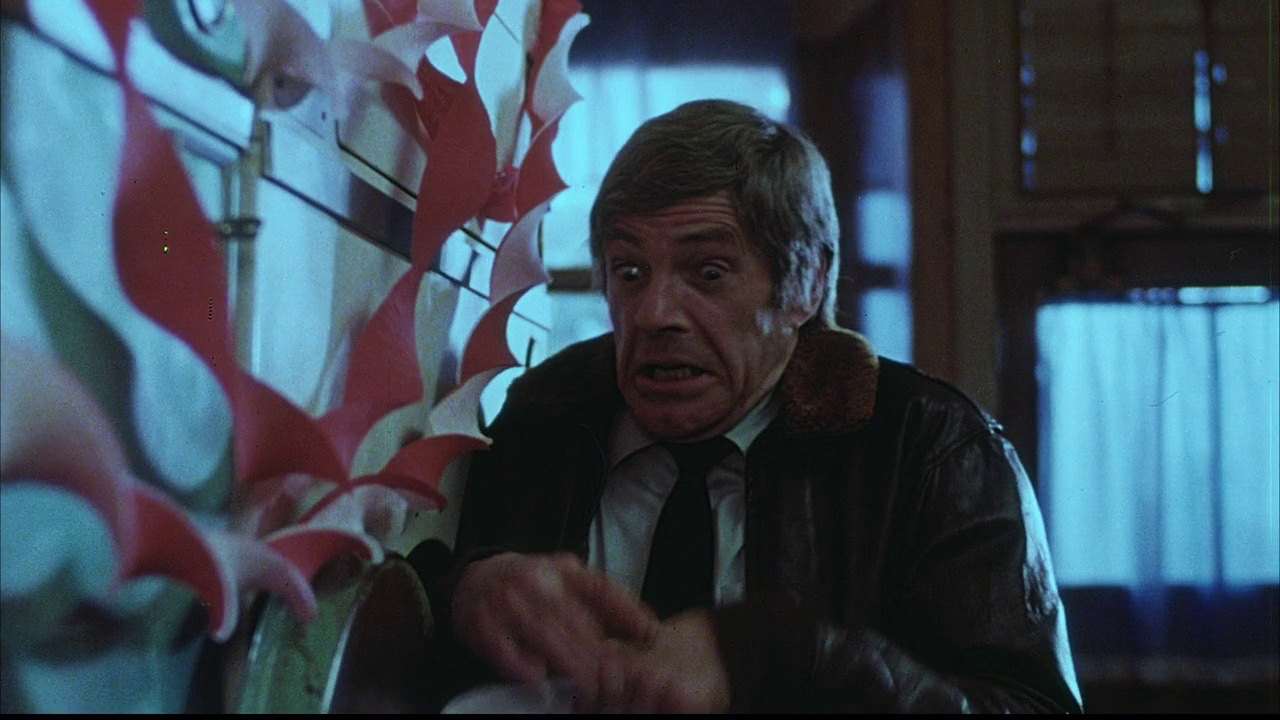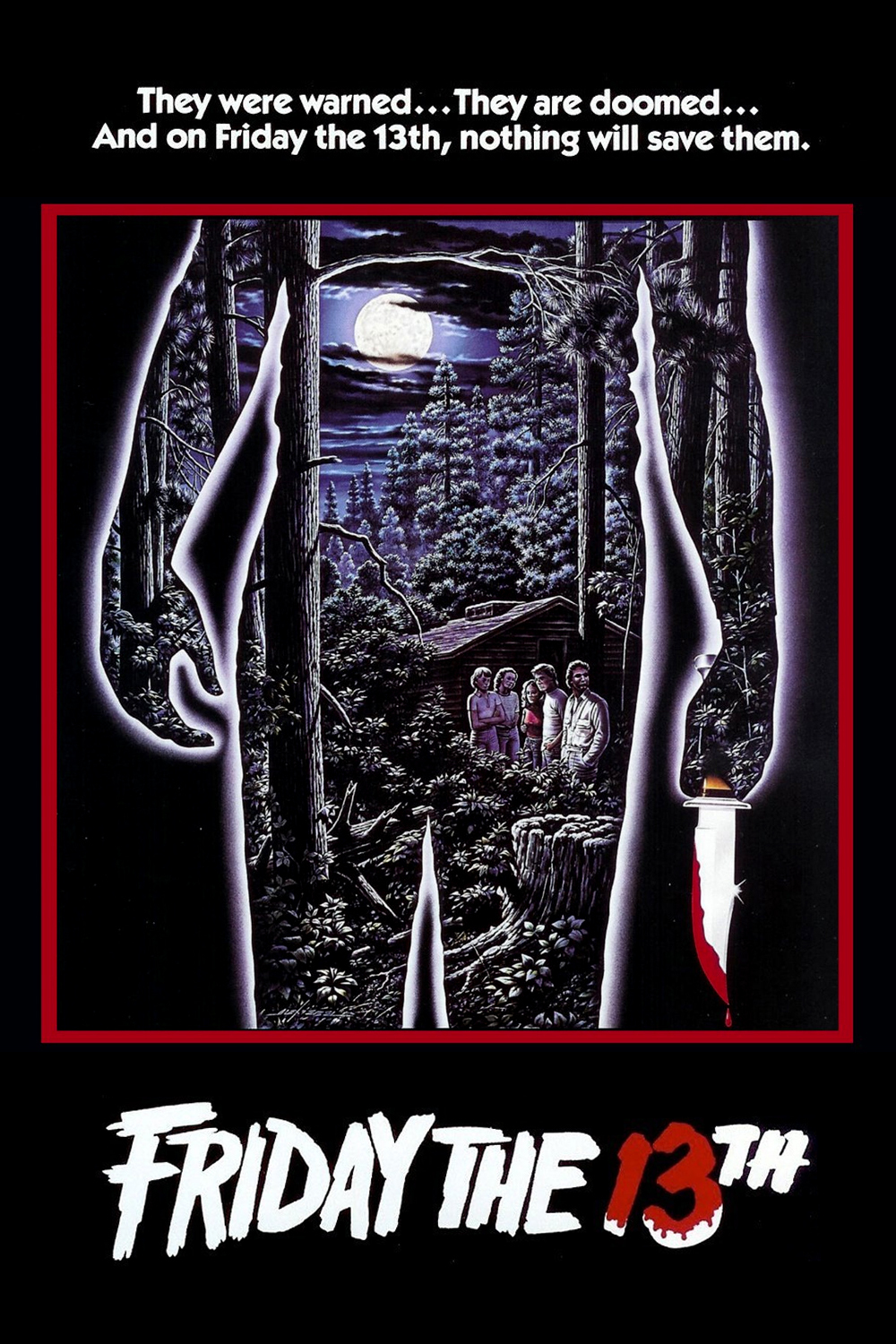Introduction

My Bloody Valentine (1981)
Midway through the 1981 horror film My Bloody Valentine, police chief Jake Newby finds a note laid on top of a murdered corpse that reads, "It happened once, it happened twice. Cancel the dance or it'll happen thrice." Unbeknownst to Officer Newby (in his own cinematic universe), the audience watching in the theater, or most Americans in the early 1980s, the grotesque killings taking place on the silver screen were by no means set to end in the near future. The late seventies ushered in a short golden age for slasher films, also referred to as stalker, splatter, or gore films.
These films were not without controversy; like the debates over pornography in this same period, these films were often perceived as misogynistic and unnecessarily violent. By 1983, these criticisms caused a backlash against the films, stigmatizing the genre and forcing Hollywood studios to cut back on slasher film production. Until recently, scholars largely ignored these films as unworthy of academic inquiry. Seldom has Carpenter's Halloween garnered as much attention as Marnau's Nosferatu or, for that matter, any film by the master of suspense Alfred Hitchcock. "At the bottom of the horror heap," gender scholar Carol Clover explained "lies the slasher . . . by and large beyond the purview of the respectable . . . audience [and] respectable criticism."1Carol Clover, Men, Women, and Chainsaws: Gender in the Modern Horror Film (Princeton: Princeton University Press, 1992), 21.
Explore
This site is divided into several parts. First, you're invitied to examine the emergence and rising popularity of slasher films near the end of the 1970s and early 1980s in the United States. Using models of analysis constructed by later scholars of the genre, learn about the reoccurring elements found throughout many of these films. Secondly, explore objections to the content of slasher films, especially from movie critics such as Gene Siskel and Roger Ebert. On their 1980 PBS television program "Sneak Previews," Siskel and Ebert spent an entire show discussing their displeasure of the rise of the slasher film. Siskel and Ebert labeled the films anti-women and alleged that the filmmakers intended to present a backlash to the second-wave feminist movement through these gory movies. These protestations are related to feminist objections to pornography and the second-wave convergence with the Republican right in protesting the proliferation of the pornography industry.
Lastly, discover if gender scholars agree with these critics and feminist activists as to whether slasher films were anti-women. The diversity of genre, including rape revenge narratives and family horror struggles, complicate and compliment these anti-feminist allegations. Still, Ebert and Siskel's denunciation of slasher films caused a substantial amount of academic and public debate into the genre, highlighting the importance of slasher films as a tool of understanding the political and cultural climate of the late seventies and the need for further study of the postmodern American horror.
Popularity
Film critic Robin Wood called the 1970s "the Golden Age of the American horror film." Throughout the decade, independent filmmakers created low budget, yet popular films that came to define the genre.
They included:
The Texas Chainsaw Massacre (1974)
